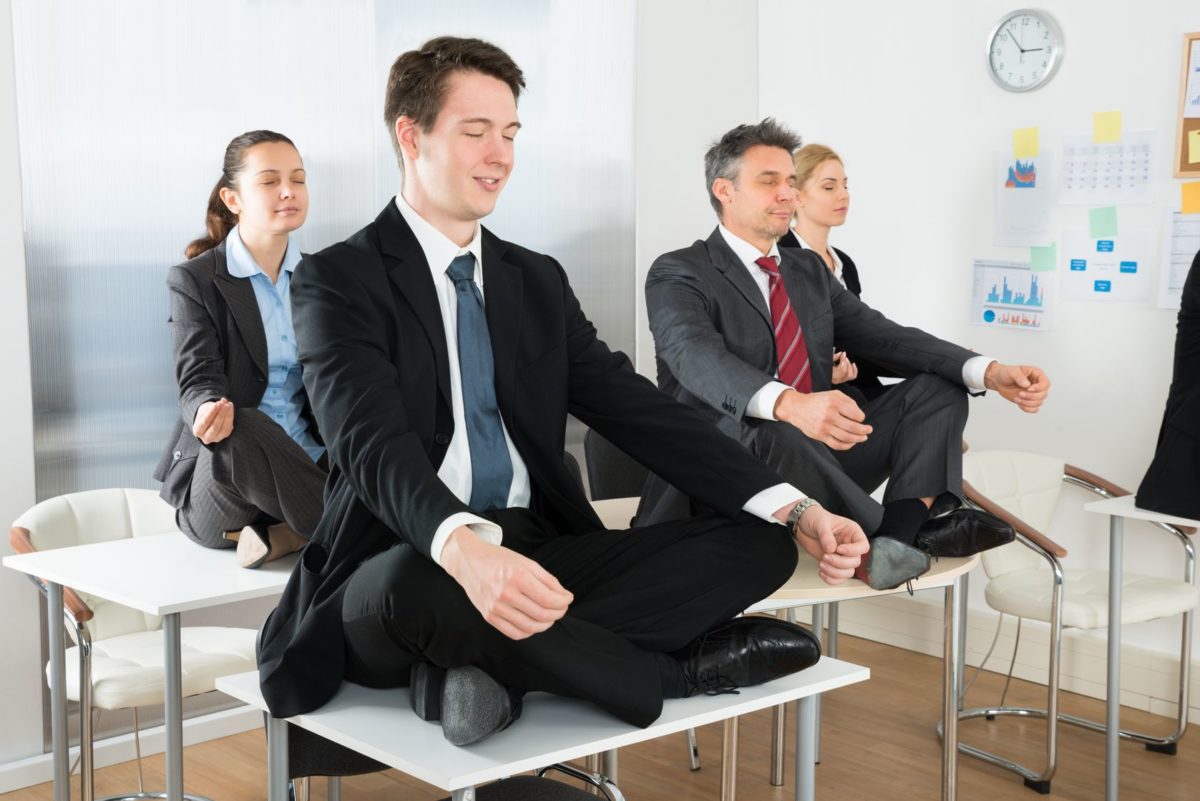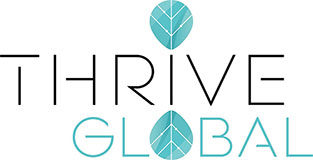
Omm. Umm. Huh?
MichaelSunnarborg / February 09, 2016 Article, Image, Link / Leave a Comment
“Follow my instructions. Close your eyes. Sit still. Don’t talk. Take a deep breath. Exhale slowly. Drop your shoulders, and just breathe. How do you feel?”
“Umm… better…?”
Okay, so meditation. Right. Got it. It helps people to relax. That doesn’t seem so difficult. You just sit down and breathe for a few minutes, right? Or what do you do, exactly… and why are people saying it’s so important?
First, let’s get one thing clear. If you don’t think you’re meditating because you are not sitting on a yoga mat with your legs crossed chanting words in Sanskrit, I’ve got a surprise for you: You’re already doing it.
Do you ever sit down, take a deep breath, and calm your thoughts? Ever listen to really good music while you’re mowing the lawn, cooking dinner, or cleaning the house? Ever brainstorm with a group, paint a picture, play a musical instrument, or write a poem?
Then you’ve been in a form of meditation, my friend.
The key to meditation is focus. Meditation comes naturally when we shift our focus to being present—when we release our minds from our thoughts and reconnect with our inner being, the source of our natural spiritual energy. Meditation relaxes us and puts us in a natural state of flow, which is the key to unlocking the doors to our creativity.
Sure, there are formal meditation practices, but I’ve found others. In fact, I can clearly identify three types of meditation that I practice on a daily basis to some degree: Still, Moving, and Creative. Depending on the setting or circumstance, all of these forms of meditation can be done alone or with others. Here’s how I would describe each:
1) Still Meditation
Definition: A traditional form of meditation using deep breathing; sitting still in a comfortable position with eyes closed; and clearing the mind of thought and/or focusing on a key thought, phrase, or word (mantra) to focus the energy
Benefits: Reduces stress, relaxes the mind and body, supports feelings of relief, calms “inner chatter,” and expands awareness
Drawbacks: Requires time; a large amount of patience (even for 15 minutes!); and a quiet space without distraction—usually not even music
Best option: Early mornings; before bedtime; during weekends, vacation, down time; or in times of great indecision or challenges
2) Moving Meditation
Definition: The practice of getting centered by allowing your thoughts to flow freely while moving the body—perhaps walking, running, exercising, doing housework, etc.
Benefits: Reduces stress, gives a physical/mental/spiritual outlet for energy to be released from the body, supports improved mood, stimulates creative thinking and problem solving
Drawbacks: Requires time, outdoor locations or larger spaces (if indoors), and may require equipment or supplies
Best option: In the morning immediately after rising, during the day (maybe during lunch), after work, weekends, or on days when ideas need to process. Also works best to help start out the day fresh or release stress at the end of the day to assist with relaxing at night
3) Creative Meditation
Definition: Getting into the “create zone” by immersing yourself into creative flow—allowing new creative ideas to come to you by using techniques like brainstorming, freewriting, and possibility thinking
Benefits: Generates new ideas, allows for creative expression, taps creative intuition, and welcomes coincidence and creative collaboration
Drawbacks: Can be time-consuming, may hit creative roadblocks and stalemates, and may sometimes require input from others to be most effective. Doesn’t work well if you’re not in the creative mood. If using creative meditation with a group, you may need to all be in sync (commonly referred to as synergy) to be most effective. This may require larger blocks of time or minimal disruptions to stay in the creative flow.
Best option: Best used when creating new ideas, solving a creative challenge, inventing a new product or service, or strengthening collaboration with others
Meditation? Sure! Whatever kind of practice works for you. The act of relaxing while focusing your thoughts, letting go of distractions, and allowing yourself to move into your creative flow will always benefit you—regardless of what you call it.
Now, it’s time to do my 30-second balance tune-up!
To Our Better Balance,
Michael Thomas Sunnarborg
Image: 123RF Stock Photo




Thanks again for interesting blog…I do this to the best of my abilities within taking care of Mom. We also thank you for home made Valentine using your creative abilities.
I did not realize how many times I meditate during the day in different ways. I chill out when I am able and am also trying to teach your grandma to do the same. Take deep breathes and let them out slowly. Look at the trees and sky. Get I to the moment.
Thanks!